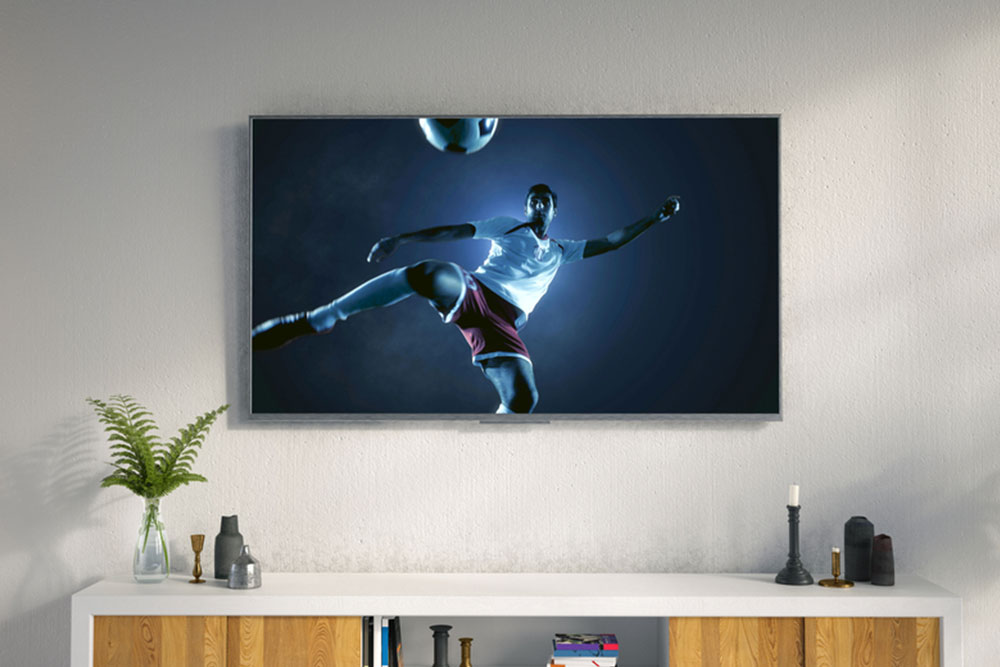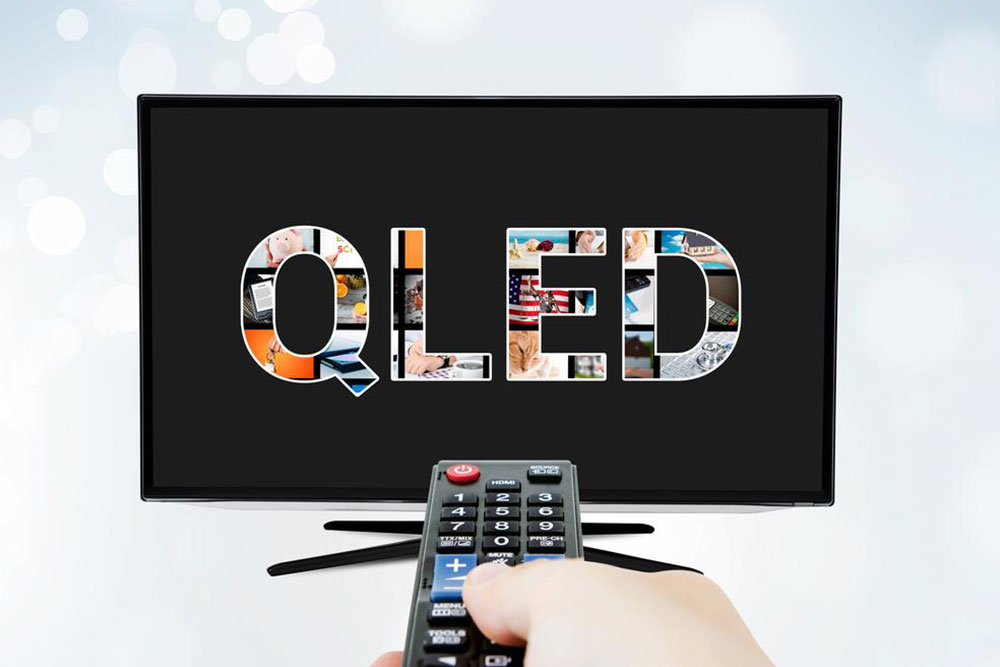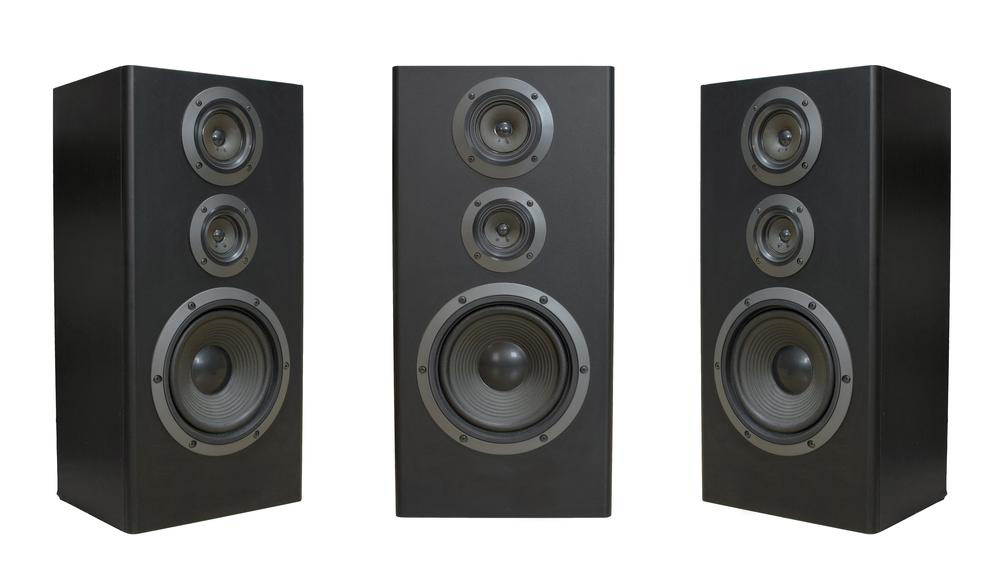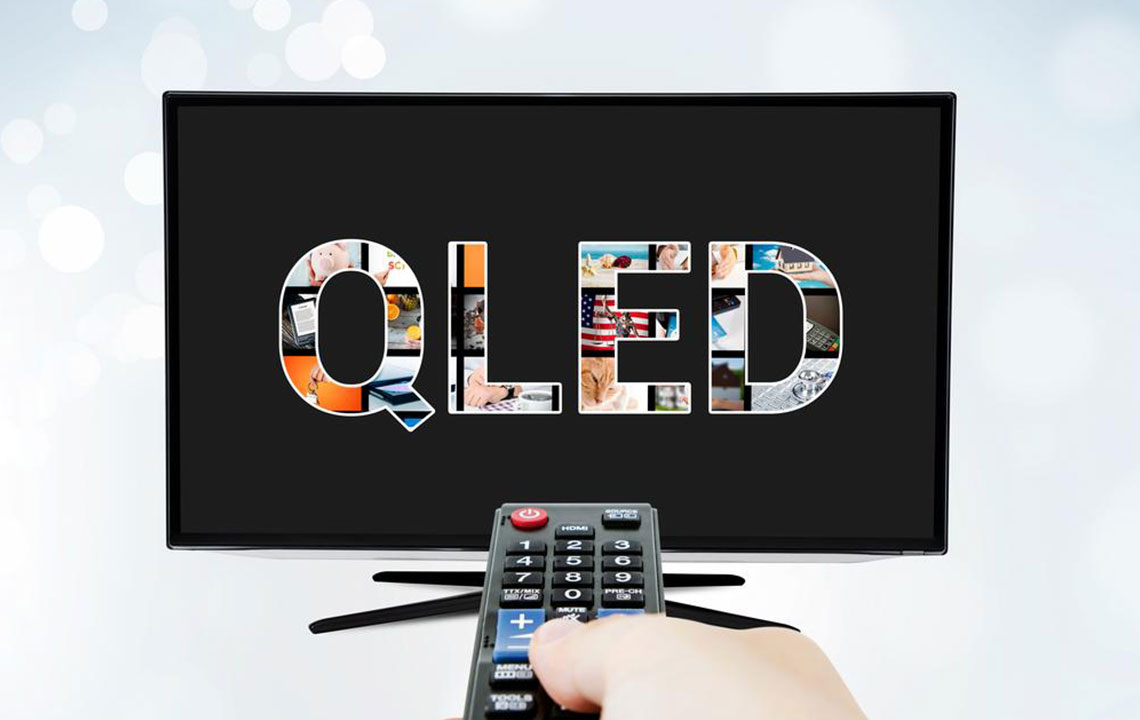Comprehensive Guide to Selecting the Ideal Projector Screen TV for Your Home Entertainment
This comprehensive guide helps you select the perfect projector screen TV for your home, considering size, technology, connectivity, and budget. Learn how to set up optimally for immersive entertainment, ensuring long-term satisfaction and excellent picture quality in your living space.
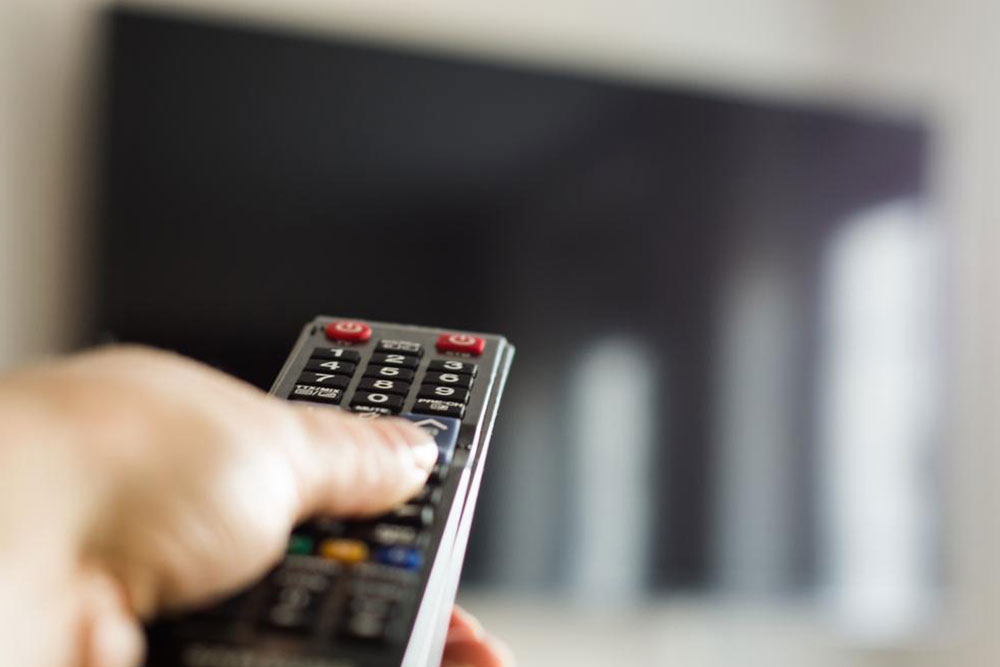
Comprehensive Guide to Selecting the Ideal Projector Screen TV for Your Home Entertainment
Choosing the perfect projector screen TV for your living space is a significant decision that can dramatically enhance your home entertainment experience. With a multitude of options available in today’s market, understanding the key factors to consider can help you make an informed, smart purchase that delivers stunning visuals and reliable performance. Whether you're a movie buff, a gaming enthusiast, or simply looking to upgrade your home theater system, these insights will guide you toward selecting the most suitable projector screen TV tailored to your needs.
Why Choosing the Right Projector Screen TV Matters
A high-quality projector screen TV can create an immersive viewing environment that rivals commercial cinemas. However, making the right choice requires a careful analysis of several critical aspects. These include screen size, display technology, connectivity options, and your budget. Properly addressing these factors ensures a seamless setup, optimal viewing angles, and long-term satisfaction.
Imagine transforming your living room into a home theatre paradise. The placement of your projector and screen setup significantly influences your viewing comfort and image quality. A strategic arrangement minimizes distortions, maintains clarity, and maximizes your entertainment experience.
Size and Viewing Distance: Making the Right Measurements
One of the most essential elements when selecting a projector screen TV is determining the appropriate size and optimal distance for placement. Larger screens provide a cinematic feel but require sufficient space for effective viewing. To achieve the best results, measure diagonally across the screen and consider your room dimensions carefully. The distance between the projector and the screen also plays a pivotal role in picture clarity; placing the projector too close can cause distortion, while positioning it too far away might reduce image sharpness.
Calculating the ideal setup involves understanding the recommended throw ratio for your specific projector model and room size. This ensures balanced viewing angles and minimizes eye strain or discomfort during long viewing sessions. Keep in mind that the viewing distance should be roughly 1.5 to 2.5 times the size of the screen diagonally for a truly immersive experience.
In addition, consider the layout of furniture and lighting conditions to prevent glare and reflections that could impact image quality. Proper placement maximizes your enjoyment and helps you enjoy stunning visuals without the need for frequent adjustments.
Avoid common pitfalls such as choosing a screen that is too small or an overly large one for your space. The right size enhances the overall viewing experience and avoids visual fatigue.
Display Technologies: LCD Versus LED - Which Is Better?
When exploring projector screens, understanding the differences between display technologies is fundamental. The two most prevalent types are LCD (Liquid Crystal Display) and LED (Light Emitting Diode). Each offers unique advantages, and your choice should align with your performance expectations, budget, and longevity requirements.
LCD screens are well-known for delivering bright, vivid images with excellent color accuracy. They tend to be more affordable initially and are widely used in various projector models. However, LCD screens can sometimes experience issues such as screen burn-in and may require more maintenance over time.
Meanwhile, LED screens are renowned for their superior energy efficiency, durability, and vibrant color output. They typically have longer lifespans and are less susceptible to image retention problems. Although LED-based projectors can be more expensive upfront, their performance benefits often justify the investment, especially for users seeking longevity and consistent image quality.
Furthermore, the choice of technology can influence the overall picture quality, contrast ratios, and compatibility with different room lighting conditions. Consider these factors carefully as you weigh your options.
Long-term durability is also significant; LED screens generally require less maintenance and offer a brighter, more stable image over extended periods, making them an ideal choice for dedicated home cinemas.
Matching your chosen display technology to your entertainment habits and room conditions ensures a satisfying viewing experience. Researching the specific features of each technology can help you make an educated decision.
Connectivity Options: Seamless Integration for the Modern Home
In today's digital age, connectivity plays a vital role in the functionality of your projector screen TV. Ensure that the model you select offers versatile connectivity features, including multiple HDMI ports, USB compatibility, Bluetooth, and Wi-Fi options. These features simplify the connection process and expand your entertainment possibilities.
Multiple HDMI ports allow you to connect various devices such as gaming consoles, streaming devices, soundbars, or Blu-ray players simultaneously. USB support enables quick access to media files directly from flash drives or external hard drives, enhancing your multimedia experience.
Wireless connectivity options like Wi-Fi and Bluetooth facilitate seamless pairing with smartphones, tablets, or wireless speakers. This flexibility is crucial for modern smart homes, enabling you to control your display remotely and integrate with other smart devices effortlessly.
Moreover, compatibility with popular streaming platforms and screen mirroring is essential for accessing a broad array of content. Before purchasing, review the connectivity specifications to ensure they meet your current and future needs.
Optimizing your setup with the right connectivity options enhances usability and ensures your entertainment setup remains future-proof.
Budget Planning: Finding Balance Between Cost and Performance
Budget considerations are an integral part of selecting the right projector screen TV. It's essential to assess your anticipated usage and weigh it against your financial plan. High-end models with advanced features often come at a premium, but they offer superior durability, image quality, and performance.
If you plan to use the projector occasionally for casual viewing or small gatherings, a more affordable model may suffice. Conversely, if you want a dedicated home theater experience with regular use, investing in a premium model can be worthwhile for long-term satisfaction and reliability.
Evaluate various brands, read customer reviews, and compare specifications to ensure you get the best value for your money. Remember that a higher initial investment can lead to better performance and lower maintenance costs over time. Balancing your budget with your entertainment goals ensures you pick a device that offers both quality and affordability.
Before making your final decision, conduct thorough market research and determine the features that matter most to your setup. This approach guarantees you find a projector screen TV that fits your needs while delivering excellent performance and longevity.
In conclusion, selecting the right projector screen TV involves considering multiple factors, from size and technology to connectivity and budget. By taking your time to analyze each aspect, you can create an immersive home entertainment environment that provides memorable viewing experiences for years to come.
